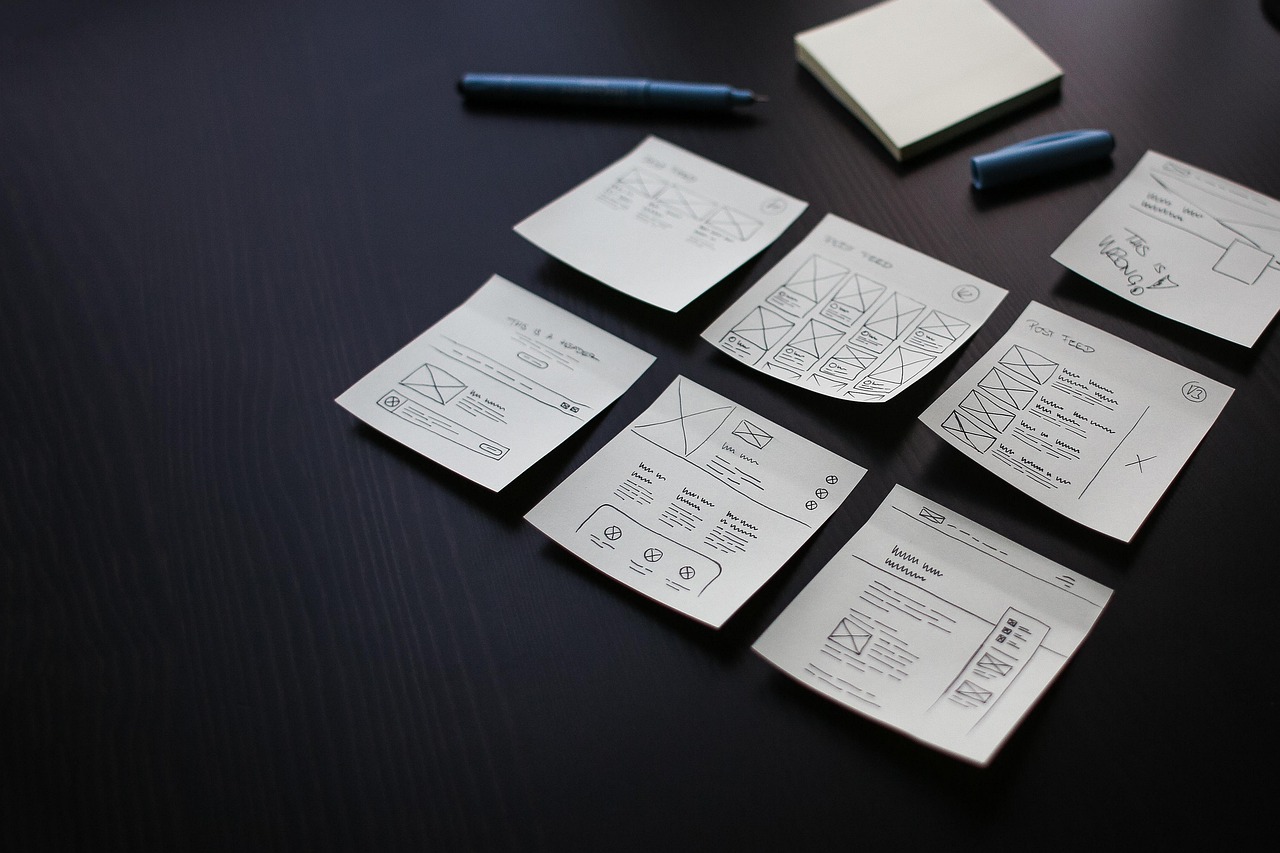Categories Archives
You are currently viewing all posts published under Uncategorized

Regulatory-Compliant Design: Strategic Guidance for Standards and Certifications
Navigating today’s fast changing business environment means dealing with a complex and shifting compliance landscape. Companies must follow a wide web of laws, regulations, and expectations that differ by industry and region. Regulatory Compliant Design helps organizations manage this complexity by embedding compliance into the product development process. This guidance explains the layered nature of compliance, why it matters, common challenges, and practical approaches. Implementing a centralized compliance management system lets teams track, evaluate, and report compliance nearly in real time. Rather than trying to meet every rule equally, firms should take a risk based approach and focus resources on the regulations most relevant to their business and sector. Regulatory Compliant Design reinforces that focus.

Design-for-Fail-Fast Techniques: Structured Failure Testing to Accelerate Development
“Fail fast, fail often” has long functioned as Silicon Valley’s informal creed, capturing an innovation-centric mentality that prioritizes speed, experimentation, and the pursuit of breakthrough ideas. The approach treats risk-taking and frequent experimentation as essential to staying ahead, reframing failure as an inherent step in discovery rather than as final defeat. Historical exemplars often cited by proponents include Thomas Edison, Henry Ford, and Steve Jobs, whose major successes followed repeated setbacks. This cultural tolerance for failure enables rapid testing, quick recovery, and continuous iteration – the operational heart of modern innovation.

Reshoring Strategies: Bringing Manufacturing Closer to Home
In the twenty-first century, a constellation of macroeconomic and microeconomic forces is reconfiguring the architecture of international and global supply chains. The external commercial environment has become markedly more exacting, shaped both by long-term megatrends that propel societal development and by episodic shocks and abrupt perturbations. Prominent among these influences are economic recessions, migratory surges, geopolitical volatility, and a range of risks that imperil sustainable expansion. Simultaneously, firms grapple with endogenous constraints: relentless imperatives to reduce costs, increasingly discerning and price-sensitive customers, and the perpetual quest for innovation, operational excellence, and organizational agility.

Multi-Material 3D Printing: Crafting Functionally Graded Prototypes
Multi-Material 3D Printing represents a group of freeform fabrication methods that have become powerful tools for creating materials with precisely designed structures. By forming parts point-by-point, line-by-line, or layer-by-layer, these techniques allow fine control over shape, size, and direction. Furthermore, they make it possible to build bulk materials with different forms, including porous, cellular, and lattice frameworks. As a result, the structural variation introduced through multiscale Multi-Material 3D Printing often leads to uneven or directional properties. While major progress has been made in multiscale fabrication, gaining full control across scales — from nano to macro — remains a major challenge.

Ethical Circular Design: Reconciling Innovation with Accountability
Over the past decade, the Circular Economy (CE) has drawn growing interest across corporate, governmental, and academic domains as a framework describing diverse strategies and practices aimed at reducing reliance on traditional ‘linear’ models of production and consumption. The CE is a multifaceted concept, with definitions differing in terms of guiding principles, goals, and normative viewpoints. It can therefore be understood as an umbrella notion, whose interpretive flexibility allows adoption by a wide range of stakeholders, often with conflicting political or ideological agendas. Based on numerous reviews, CE can be described as “an economic paradigm that substitutes the ‘end-of-life’ notion with reducing, reusing, recycling, and recovering materials throughout production, distribution, and consumption processes.” Still, broader interpretations of CE highlight its limitations, particularly the insufficient attention to the social systems into which it must be integrated.

AR/VR for Prototype Testing: Immersive User Experiences
AR and VR are not new technologies, yet two converging forces are accelerating their adoption: clearer, measurable business value and rapid improvements in hardware and software that enable richer prototype testing through immersive user experiences. Consequently, these forces are expanding the role of AR/VR across product design, R&D, training, and operational workflows, turning what was once experimental into a practical, strategic capability and unlocking new possibilities for Prototype Testing via Immersive User Experiences.

Parametric Cost Modelling: Forecasting Project Economics at Early Stages
Cost estimation has a long and storied history — even appearing in biblical texts. Luke 14:28–29 underscores the importance of planning: “...he should first sit down and count the cost, to see whether he has enough to complete it.” The question today is not whether to estimate costs, but which method is most effective for a given application. Among the most enduring and versatile approaches is Parametric Cost Modelling.

From Idea to Product: Guide to Innovative Development
If you spend time around startups, inventors, or product teams, you’ll hear words like idea, invention, concept, prototype, product, and MVP used interchangeably.At first, it ...

Bio-Inspired Design Structures: Leveraging Natural Patterns in Engineering
Traditional and emerging technologies rooted in conventional design and manufacturing are increasingly inadequate in addressing today’s urgent societal challenges. These include environmental crises like climate change and pollution, infrastructure concerns such as aging systems and integrated manufacturing, rising computational demands, and critical issues in human health and resource management — ranging from aging populations and food insecurity to vaccine development and organ replacement.

Behavioral Pricing Tactics: Using Price Psychology to Maximize Adoption
Economic systems are built and steered by people, not by immutable natural laws. Unlike physics, where objects follow fixed rules, economic choices reflect human emotions and judgments. While neoclassical economic theories provide robust frameworks for analysing and designing efficient markets, they cannot fully explain every instance of market failure. That gap has given rise to behavioural economics and price psychology — a field that enriches traditional economic models with psychological insights to better account for how real consumers and firms actually behave. One of the toughest challenges in marketing is setting the right price through behavioural pricing tactics. Drawing on concepts from psychology, behavioural economics, and classical marketing research, practitioners have shown how applying behavioural pricing strategies can boost demand and maximize adoption. Indeed, price remains one of a company’s most strategic levers. When devising a pricing strategy, marketers must look beyond production and distribution costs to understand what customers truly value. Shoppers seek the optimal blend of cost and quality — what they perceive as “value for money.” By leveraging behavioural pricing principles and consumer pricing psychology, firms can align their own revenue goals with the value expectations of current and prospective buyers, driving stronger sales performance.


